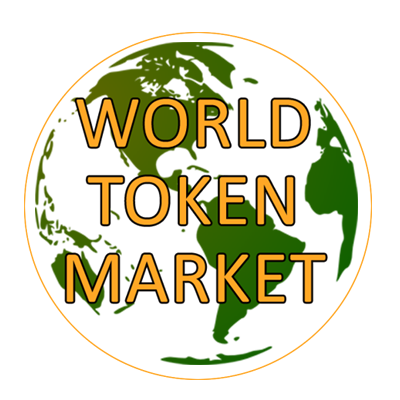Utilizing a transfer agent is crucial in your tokenization efforts. First of all, they’re now mandatory for Regulation A+ offerings. But if you really want investors to take your Security Token Offering (STO) seriously, the use of a transfer agent gives the process much more validity.
What’s great about Blockchain technology is its promise eliminates the need for third parties from most transactions. But in the case of transfer agent custody, most investors and issuers welcome any technology that includes the creation of a secondary market for liquidity – and transfer agents still are needed in that regard.
Prior to the digital securities world, the job of a transfer agent was to act as an intermediary of a company to keep secure records of who owns a particular company’s stocks, how much, and how they are held. In addition, they were tasked with dealing with lost, destroyed, or stolen certificates. They also needed to be the paying agent for dividends and distributions to shareholders when applicable as well as sending out annual reports and proxy information for voting purposes.
It would seem like the smart contracts associated with tokenization could perform all the above activities in a decentralized manner. But because security token offerings have to be qualified by the SEC, you have to play by their rules when conducting STOs via Rule 506(c) of Regulation D (along with Regulation S to allow for foreign investment) as well as Regulation A+ (Reg.A+) And that means integration with a transfer agent!
Unlike Reg.A+, with Rule 506(c), a transfer agent is not required. But since the SEC doesn’t yet recognize blockchain as a “source of truth”, utilizing a transfer agent comes in handy to provide credibility to a deal. As far as the SEC is concerned, transfer agents are recognized as “good control” for maintaining identities and ownership of shares. In other words, if you want credibility in your offering – and to keep the SEC off your back – using a transfer agent to stay relevant is necessary. They also greatly expand the capabilities of the tokenized securities being offered.
So why are transfer agents important in a blockchain tokenization environment? Well, before the creation of the World Token Market, the tools necessary to implement transfer agent custody into Security Token Offerings didn’t even exist! But with the launch of this new regulatory compliant and secure platform, transfer agents can now manage their clients digital securities seamlessly into any compliant tokenized offering, including issuance, custody, transfer, query, reporting, affiliates, and release.
The software allows the transfer agent to maintain all records of ownership and act as a paying agent for distributions with information transparently and immutably stored on the Ethereum blockchain adding a layer of protection for both investors and issuers – all in SEC compliant fashion. Adding transfer agents to the blockchain solution also protects investors and issuers alike against lost, destroyed, abandoned, or stolen certificates. Previously if an investor lost their private key to their digital wallet, there wasn’t any place to go to to retrieve that information. Using a transfer agent serves as a Private Key Repository to recover digital securities.
The Blockchain Trust Group believes that the level of investor protection skyrockets when transfer agent custody is added to the tokenization solution. When you’re talking about the compliant issuance and secondary trading of digital securities, there’s no question that using a transfer agent gives credibility, transparency, and security to your deal. Before the World Token Market, seamlessly integrating transfer agent custody into a security token offering was all a pipe dream. Now it’s a reality. Request your demo of this incredible system today!

